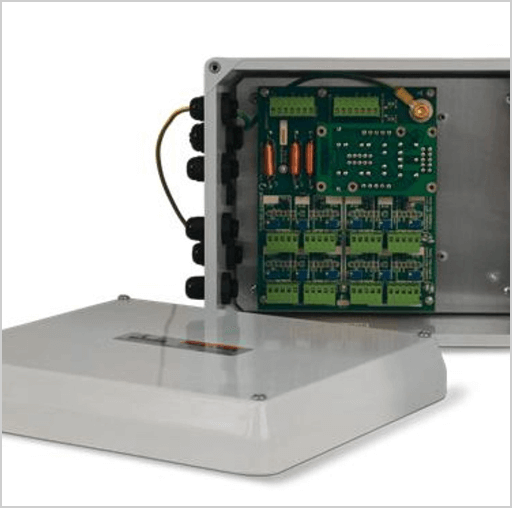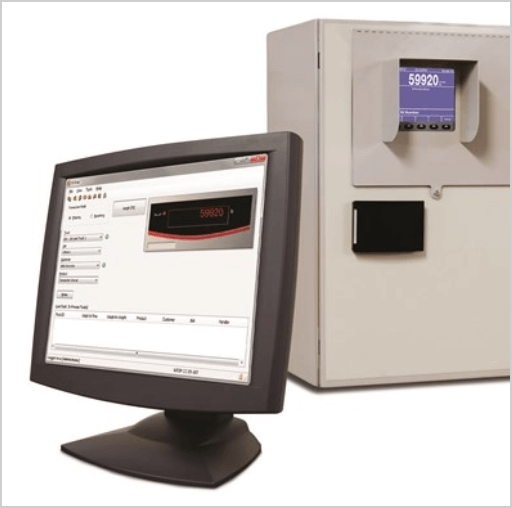Accurate/Western Scale Co. Ltd. offers a diverse range of scales, from laboratory balances to large truck weigh scales, for purposes like axle weighing, livestock, medical uses, and more. Our inventory includes scale accessories like printers, load cells, and mounts. Recognizing our customers' varied needs, we provide options to purchase or rent our scales.

Whether you run a business in the transportation, agriculture, mining or petroleum industry, Accurate/Western Scale Co. Ltd. has a scale to meet your business’ diverse needs. All our heavy capacity scales provide unequalled reliability and enhanced performance.

Accurate/Western Scale Co. Ltd. can advise and design solutions that combine accuracy with operational efficiency for weighing capacities on any scale. Explore our range of industrial-scale products, from floor scales, conveyer belts, to forklift and material handling scales.

In Calgary and Alberta, we provide customizable livestock scales, including cow scales and scale bars, tailored for precise animal weighing. These scales facilitate health tracking by correlating weight with health conditions using our single and multi-animal scale systems.

At Accurate/Western Scale Co. Ltd., we offer a number of parts and accessories in Alberta, such as junction boxes, wireless transceivers, plastic junction boxes and t-belting to all our commercial customers.

Accurate/Western Scale Co. Ltd. offers several choices in control devices and software applications in Alberta for your scale controls, including programmable process controls and microcontrollers.


This enables us to be authorized scale inspectors, as well as able to perform inspections and certify specified legal for trade devices on behalf of Measurement Canada under the Weights & Measures Act. We also maintain an internal quality system in accordance to Weights and Measures regulations. Accurate/Western Scales Co. Ltd. maintains a Quality Management System, based on Measurement Canada’s SA-01 Accreditation Standard, and our system is audited on an annual basis by Measurement Canada.






















